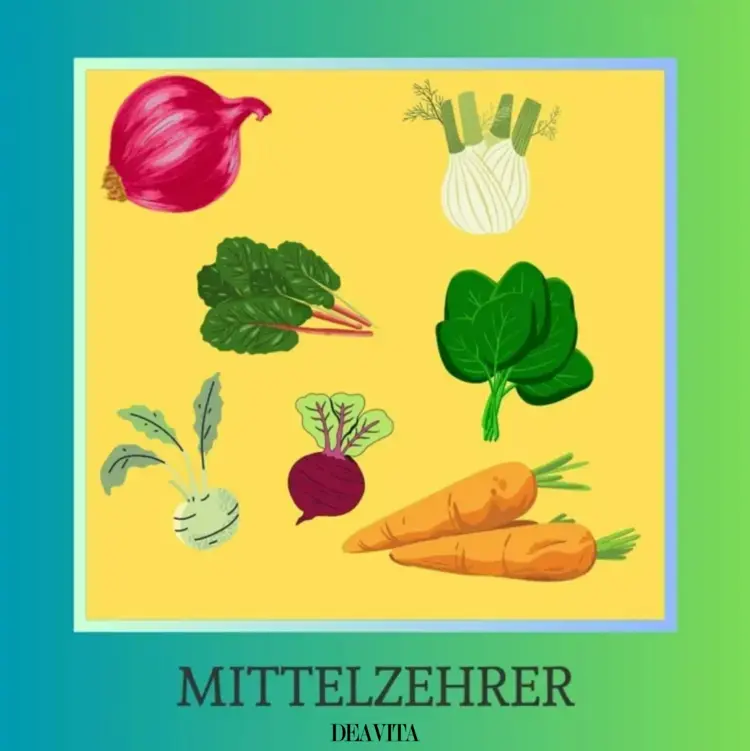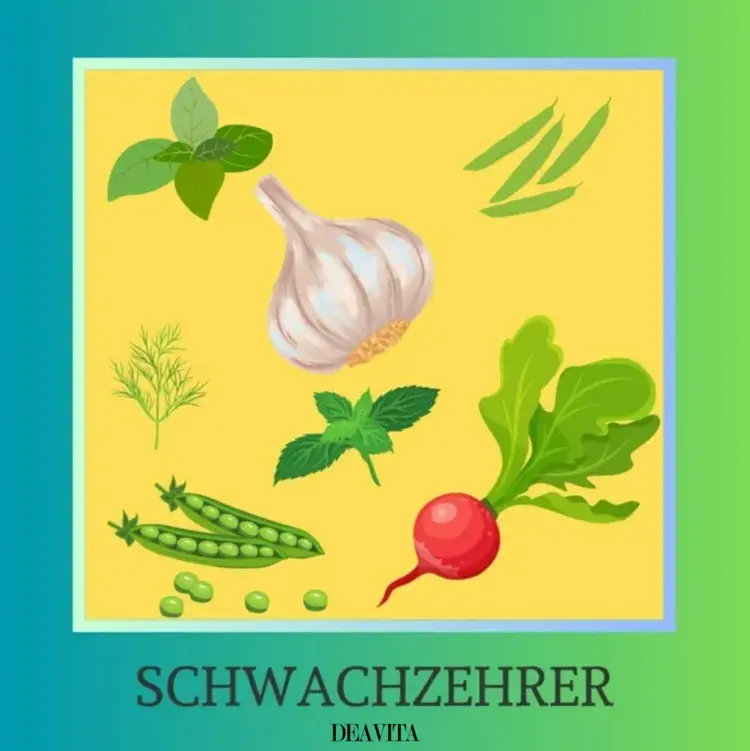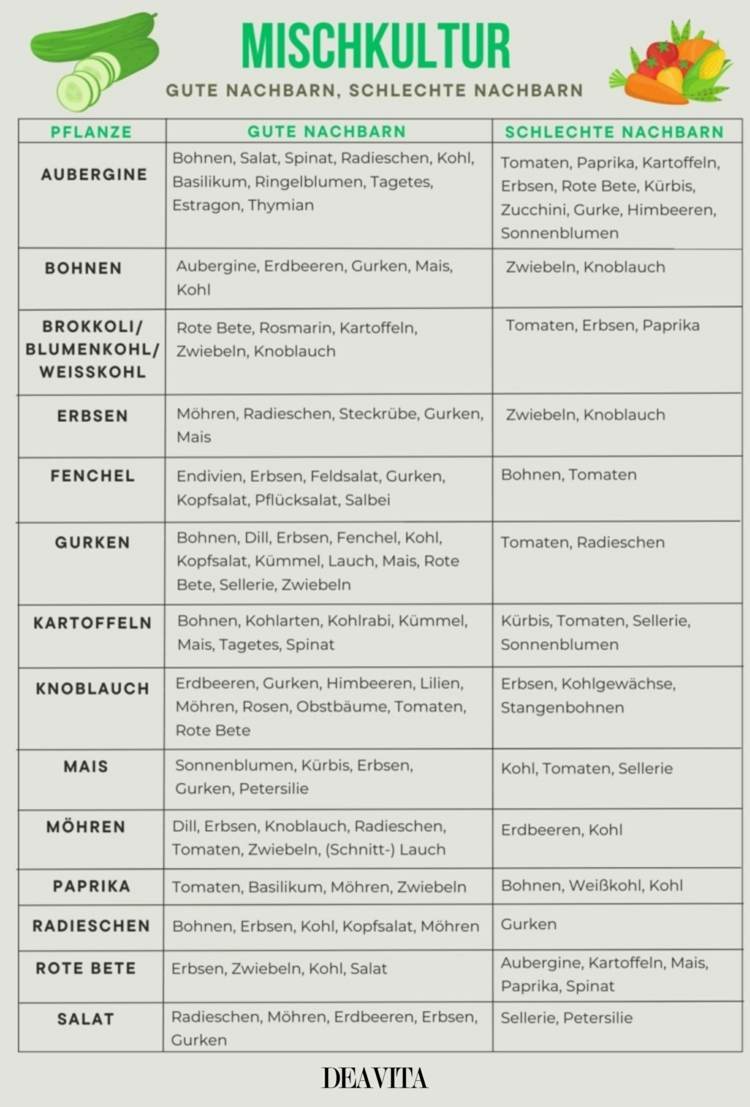The mixed culture in the garden is becoming more and more popular and not without reason. Because a natural-looking vegetable bed not only looks beautiful, but also gives all plants the advantage of growing healthier, stronger and more protected. Mixed culture vegetables are less susceptible to disease or pest infestation because they protect each other. In addition, the risk of nutrient deficiencies is reduced because the competition is composed of a balanced combination of heavy and weak consumers. But for the whole thing to work, you should of course know which plants go together and which tend to compete. We have clearly illustrated this for you in a table so that you can put together exactly the right mixed culture of vegetables.
What vegetables to plant together
In principle, this depends on whether the respective plant is a heavy feeder, a medium feeder or a weak feeder. If you put too many heavy feeders in one place, they will have to compete for nutrients in the soil and this will affect their growth. Therefore, low-yielding vegetables or medium-yielding ones are the better choice. You can not only combine different types of vegetables with each other, but also put spice plants and flowers in between, because these are the ones that protect against pests and diseases. In addition, there is also the so-called green manure, which is intended to supply all plants with nutrients. We introduce:
Mixed culture of vegetables – list of heavy consumers

The following vegetables grow very quickly and have a high nutrient requirement, so you should not combine them with each other, but also use weak eaters as planting partners.
- artichoke
- Aubergine
- cauliflower
- Broccoli
- Chili
- cucumbers
- potatoes
- Kohl
- pumpkin
- Leek
- More
- Mangold
- Paprika
- Porree
- Rhabarber
- Saddlery
- asparagus
- tomatoes
- Melon
- Zucchini
For example, since peppers and cucumbers both have high nutritional requirements, they are not well suited to each other, or at least should be spaced far enough apart to not interfere with each other. The same applies accordingly if you plant cucumbers and zucchini together, although the fact that they can contract the same diseases and infect each other also plays a role here.
You can then plant heavy feeders together without hesitation if their roots are at different depths. For example, deep-rooters get their nutrients from deeper soil areas than shallow-rooters, so they don’t interfere with each other. This is how the so-called Milpa Beet works.
Medium consumers include the following plants

These vegetable plants represent the golden mean and can in principle also be planted together with heavy feeders.
- Lamb’s lettuce
- fennel
- Kohlrabi
- Mangold
- carrots
- Rotate Bete
- Salat
- Spinach
- onions
Weak consumers and the effect of herbal plants

Herb plants are perfect as companion plants for vegetables, not only because they require few nutrients and therefore do not take anything away from the vegetable plants. Among other things, they also have the inherent property of protecting against diseases and pest infestations when combined with the right plants. A few heavy consumers and the effect of herbal plants are summarized below:
- broad beans
- beans
- Peas
- Lamb’s lettuce
- Garlic
- Herbs
- purslane
- radish
- Arugula
For example, if you combine tomatoes, cucumbers or cabbage with basil, you can protect the plants from powdery mildew and even whitefly. Chervil works against lice if you plant it near lettuce. Aphids in particular shy away from the nettle. Leeks protect you from the leek moth with leeks, while the marigold protects potatoes and cabbage from harmful nematodes and wireworms. The flower also improves soil quality and promotes a bountiful harvest. Dill is a perfect plant partner for carrots, beetroot and cabbage because it not only drives away pests, but also improves germination.
Mixed culture of vegetables – table with suitable varieties at a glance

The following mixed culture table gives you a list of plants that do or don’t go together so that you know exactly which are good neighbors and which are bad neighbors for the most common varieties. The first and second columns of the table tell you which plants do well, while the third column lists those strains that are not a good idea.
Which plants go together – table with suitable and unsuitable varieties

If you want to put together a mixed culture with vegetables with potatoes, you will find a wonderful idea with beans, cabbage, kohlrabi and corn, for example. You can also plant marigolds and cumin between the plants. However, the tubers do not get along well with pumpkins, tomatoes and celery.

Here are a few ideas for arranging the raised bed.
